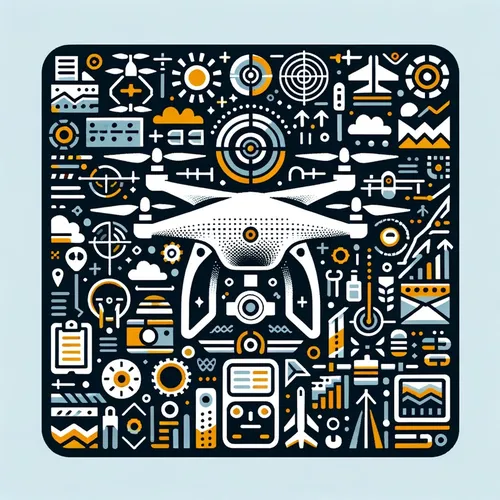Drones in 2025: Soaring Profits, Risky Skies, and AI Allies
- Author
- Quiet. Please
- Published
- Wed 18 Jun 2025
- Episode Link
- https://www.spreaker.com/episode/drones-in-2025-soaring-profits-risky-skies-and-ai-allies--66599860
This is you Professional Drone Pilot: Flight Tips & Industry Updates podcast.
Professional drone pilots entering the busy 2025 season face both opportunity and challenge as innovations and regulations reshape the industry. Mastering advanced flight techniques is now more important than ever, with new obstacle avoidance systems enabling pilots to fly through tight or complex environments with unprecedented precision. Regular hands-on practice, especially with maneuvers like orbital shots and 45-degree ascents, not only improves dynamic footage but also builds the confidence needed to adapt quickly to unpredictable conditions. For aerial photographers and inspection specialists, training for both manual and autonomous flight is essential—allowing for precise path programming and emergency maneuver execution.
Maintenance underpins both safety and efficiency. Adopting a thorough pre-flight checklist—covering battery health, propeller integrity, and firmware updates—reduces in-flight risks and equipment downtime. Predictive maintenance, now increasingly powered by artificial intelligence and sensor data, is helping operators reduce unexpected failures and optimize service schedules. The drone maintenance service market is growing at over five percent annually, fueled by the complexity of new hardware and the integration of drones into mission-critical applications. Consider investing in ruggedized components and the latest imaging tools, such as the Osmo Action five Pro, to deliver consistent, professional-grade results.
Staying compliant remains non-negotiable. In the United States, registration is required for drones weighing more than 0.55 pounds, while operations over people, at night, or beyond visual line of sight demand special waivers and up-to-date certification. Recent regulatory updates are streamlining the beyond visual line of sight certification process, opening up new commercial opportunities in sectors like utilities, surveying, and infrastructure. As the global market is forecasted to reach nearly fifty-eight billion dollars by 2026, niche services such as thermal inspections and LiDAR mapping continue to command premium rates.
Business success hinges on more than technical skills. Transparent pricing, prompt communication, and clear service agreements foster trust and drive client retention. Using modern apps for flight planning and airspace awareness can streamline operations and minimize regulatory headaches. Weather awareness is critical—professional pilots are encouraged to use real-time meteorological apps to avoid sudden changes and ensure the safety of their flights.
For insurance and liability, review your coverage annually to match evolving regulations and client requirements, especially as demand for high-stakes inspections and deliveries grows. Looking ahead, expect artificial intelligence and automation to further enhance efficiency, while evolving privacy and airspace laws shape new business models. Now is the time to refine your skills, update your certifications, and diversify your services to ride the next wave of commercial drone growth.
For more http://www.quietplease.ai
Get the best deals https://amzn.to/3ODvOta
